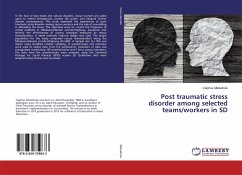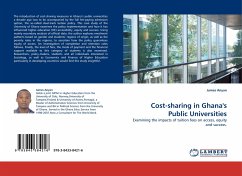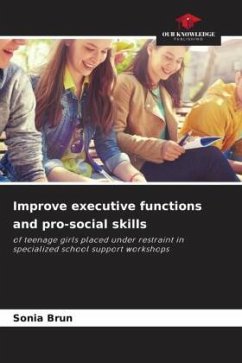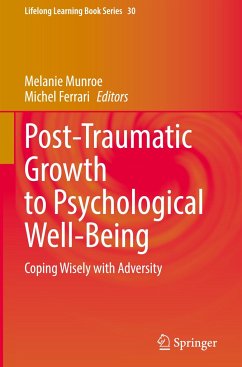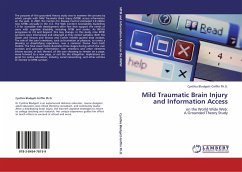
Mild Traumatic Brain Injury and Information Access
on the World Wide Web: A Grounded Theory Study
Versandkostenfrei!
Versandfertig in 6-10 Tagen
45,99 €
inkl. MwSt.

PAYBACK Punkte
23 °P sammeln!
The purpose of this grounded theory study was to examine the process by which people with Mild Traumatic Brain Injury (MTBI) access information on the web. In 2007, the Centers for Disease Control estimated 3.8 million new MTBIs annually in the U.S. The Web Content Accessibility Guidelines 1.0 for accessible web development offer few that support the needs of users with cognitive disability, including MTBI and stroke. As WCAG progresses to 2.0 and beyond, this may change. In this study, nine MTBI survivors were interviewed and observed as they visited websites. Both the Glaser and Strauss and ...
The purpose of this grounded theory study was to examine the process by which people with Mild Traumatic Brain Injury (MTBI) access information on the web. In 2007, the Centers for Disease Control estimated 3.8 million new MTBIs annually in the U.S. The Web Content Accessibility Guidelines 1.0 for accessible web development offer few that support the needs of users with cognitive disability, including MTBI and stroke. As WCAG progresses to 2.0 and beyond, this may change. In this study, nine MTBI survivors were interviewed and observed as they visited websites. Both the Glaser and Strauss and Strauss and Corbin models guided data analysis. The role of the user s emotions, such as frustration or pleasure, to create a pleasing or dissatisfying experience, was a common theme from both models. The final visual matrix illustrates three stages during which the user accesses and processes information. User emotions and other elements inform success, or lack thereof, of the user choosingto remain on a page, move forward to a new page, or exit the site altogether. Implications are great for online education, industry, social networking, and other entities of interest to MTBI survivor.



